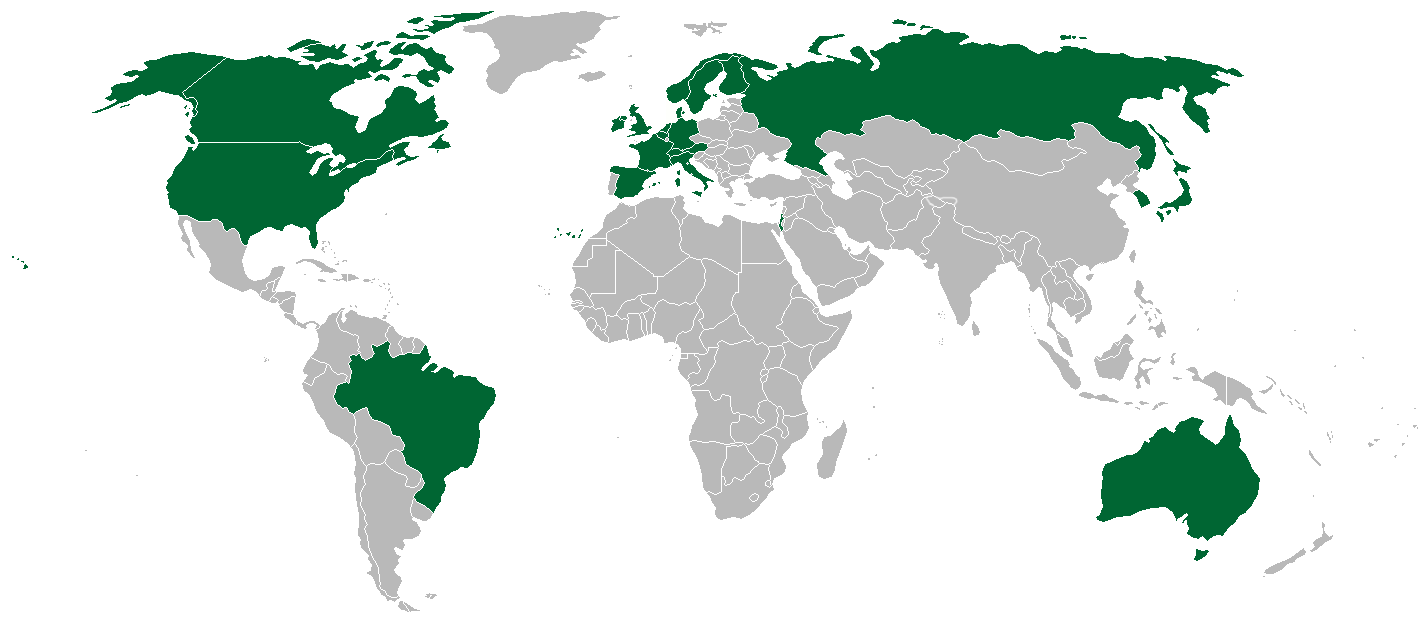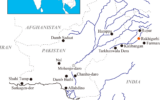
History of the Antarctic Treaty
Subscribers of "Current Affairs" course can Download Daily Current Affairs in PDF/DOC
Subscribe to Never Miss an Important Update! Assured Discounts on New Products!
Must Join PMF IAS Telegram Channel & PMF IAS History Telegram Channel
- Context (IE): The 46th Antarctic Treaty Consultative Meeting began on May 20 in Kochi, Kerala.
Historical Background: How did the Antarctic Treaty come into existence?
- Antarctica was first spotted by British, American, and Russian ships in the 1820s.
- The race to reach the South Pole intensified in the early 1900s.
- Captain Robert Scott (UK) and Roald Amundsen (Norway) competed. Amundsen reached the South Pole first on December 15, 1911.
Territorial Claims
- By the 1950s, seven countries made formal claims: Argentina, Australia, Chile, France, New Zealand, Norway, and the UK. Some claims overlapped, leading to conflicts.
- The US, Soviet Union, Belgium, Japan, and South Africa explored but did not claim territory.
Conflict
- Only Australia, France, New Zealand, Norway, and the UK recognised each other’s claims.
- Argentina, Chile, and the UK had conflicting claims. Between 1947 and 1955, Argentina and Chile rejected the UK’s proposal to resolve claims at the International Court of Justice (ICJ).
Resolution Attempts
- Several attempts were made to create an international agreement on Antarctica. For instance, in 1956, India requested the United Nations to include ‘the question of Antarctica’ on the agenda. However, the proposal failed due to opposition from Argentina and Chile and no support from the US and Soviet Union.
- India’s goals were:
- Ensure peaceful development of Antarctica’s resources.
- Demilitarise the area.
- Ban nuclear weapons testing.
- Refer future disputes to the International Court.
Major Breakthrough
- During the 1957-58 International Geophysical Year (IGY), 12 countries agreed to cooperate in scientific research in Antarctica.
- These countries were Argentina, Australia, Chile, France, New Zealand, Norway, the UK, the US, the Soviet Union, Belgium, Japan, and South Africa.
- They allowed scientific stations to be placed anywhere on the continent.
Treaty Formation
- The success of IGY led to momentum for an international agreement. On May 2, 1958, the US proposed a treaty to preserve Antarctica for scientific research and peaceful purposes.
- The Antarctic Treaty was signed by all 12 IGY participants and came into force in 1961.
Current Status
- 56 countries are now part of the treaty.
- 29 countries, including the 12 original signatories, are Consultative Parties.
- India joined the treaty in 1983 and is a Consultative Party.
Reasons Behind the Treaty’s Success
- The treaty strikes a balance between specificity and vagueness.
- It promotes compromise rather than conflict.
- It gives a sense of exclusivity to consultative parties but invites all nations to join.
- The treaty has evolved to address new challenges over time. For example, issues such as marine conservation, prohibition of mining, and environmental protection.
Challenges Ahead
- Climate change has caused record-high temperatures, and ice coverage has hit its lowest levels.
- Increase in tourism-related activities.
To know more, visit > Antarctic Treaty Consultative Meeting, Antarctic Treaty.

















